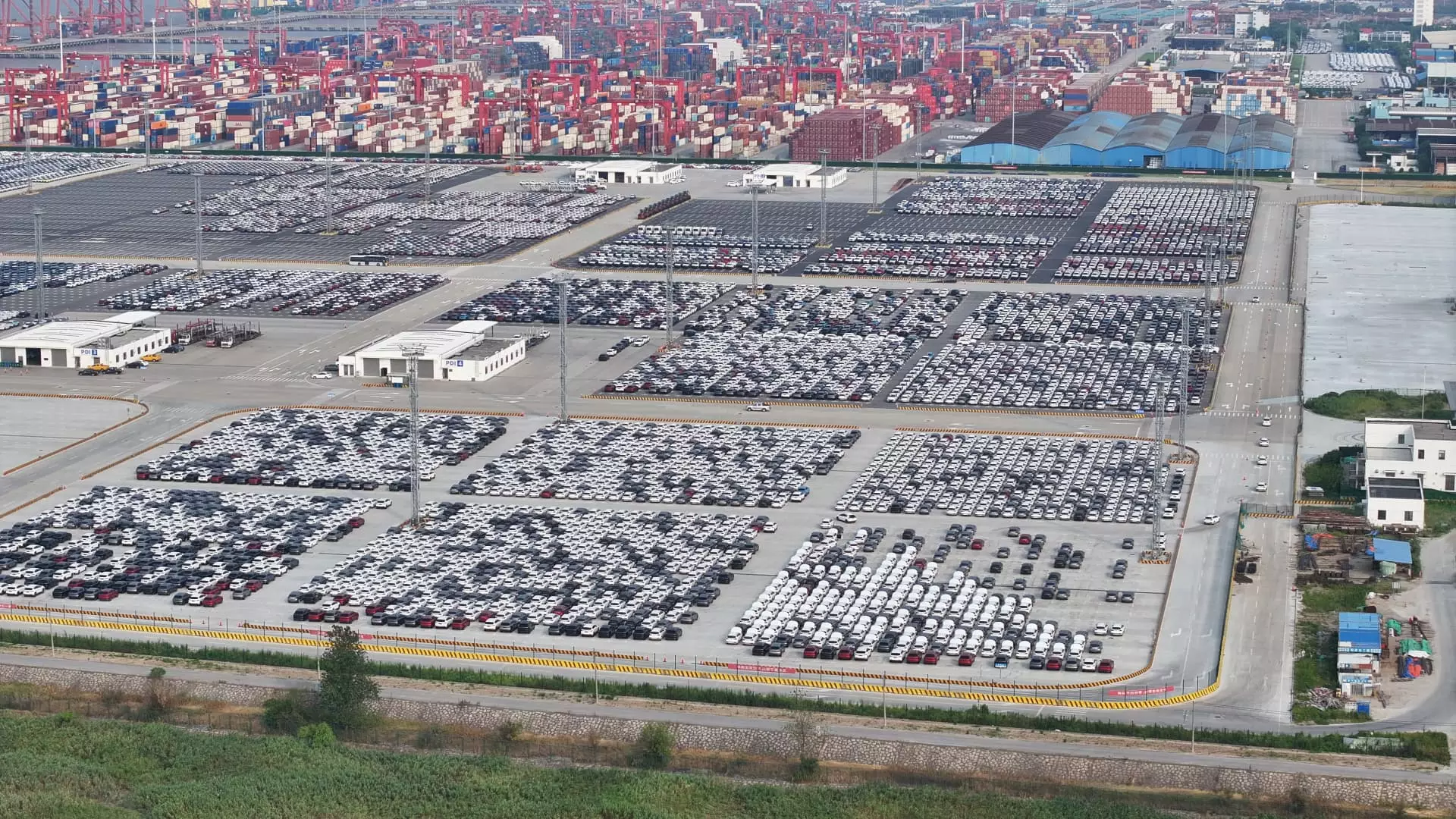In the latest data released by the National Bureau of Statistics, China’s retail sales showed growth of 2.7% in July, exceeding expectations. On the other hand, industrial production only managed a growth of 5.1%, falling short of the forecasted 5.2%. This indicates a mixed performance in the retail and industrial sectors of the Chinese economy. It is clear that there are certain challenges faced by the manufacturing industry which need to be addressed in order to drive sustainable growth.
Fixed asset investment in China for the first seven months of the year recorded a growth of 3.6%, lower than the predicted 3.9%. Within this segment, the real estate sector experienced a decline of 10.2% year-to-date, indicating a weakening trend in the property market. The infrastructure and manufacturing components also show slower growth rates in July compared to the previous month. This points towards a need for policy measures to stimulate investment and boost economic activity in key sectors.
Analysis of Unemployment Rate and Graduation Season
The urban unemployment rate in China increased to 5.2% in July, up from 5% in June. This rise can be attributed to various factors such as the impact of external conditions, insufficient domestic demand, and seasonal fluctuations like the graduation season. The official urban unemployment rate for young individuals aged 16 to 24 who are not in school stood at 13.2% in June, indicating a significant challenge in providing employment opportunities for the youth population.
Consumer prices in China rose by 0.5% in July, primarily driven by an increase in pork prices. The core CPI, excluding food and energy prices, grew by 0.4%, highlighting a moderation in inflationary pressures. Import growth outpaced exports in July, with a 7.2% increase in imports and a 7% rise in exports. The trade data indicates a trade imbalance that needs to be addressed through strategic measures to boost export competitiveness and reduce import dependency.
China’s economy is facing challenges from both external factors and internal structural transformation. The need for high-quality development and sustainable growth is emphasized by officials from the National Development and Reform Commission. Despite the disappointing GDP growth of 4.7% in the second quarter, Beijing has refrained from significant stimulus measures, focusing instead on targeted policies to support key industries and promote innovation. The commitment to achieving the annual growth target of around 5% reflects a long-term vision for economic stability and technological advancement.
China’s economic data for July reveals a complex landscape with strengths and weaknesses in various sectors. The challenges faced by the retail, industrial, and real estate industries underscore the importance of policy interventions to drive growth and employment. Addressing issues such as inflation, trade imbalances, and youth unemployment will be critical for sustaining economic momentum and achieving long-term development goals. As China navigates through these challenges, strategic planning and coordinated efforts will be essential to ensure a resilient and competitive economy in the global arena.


Leave a Reply